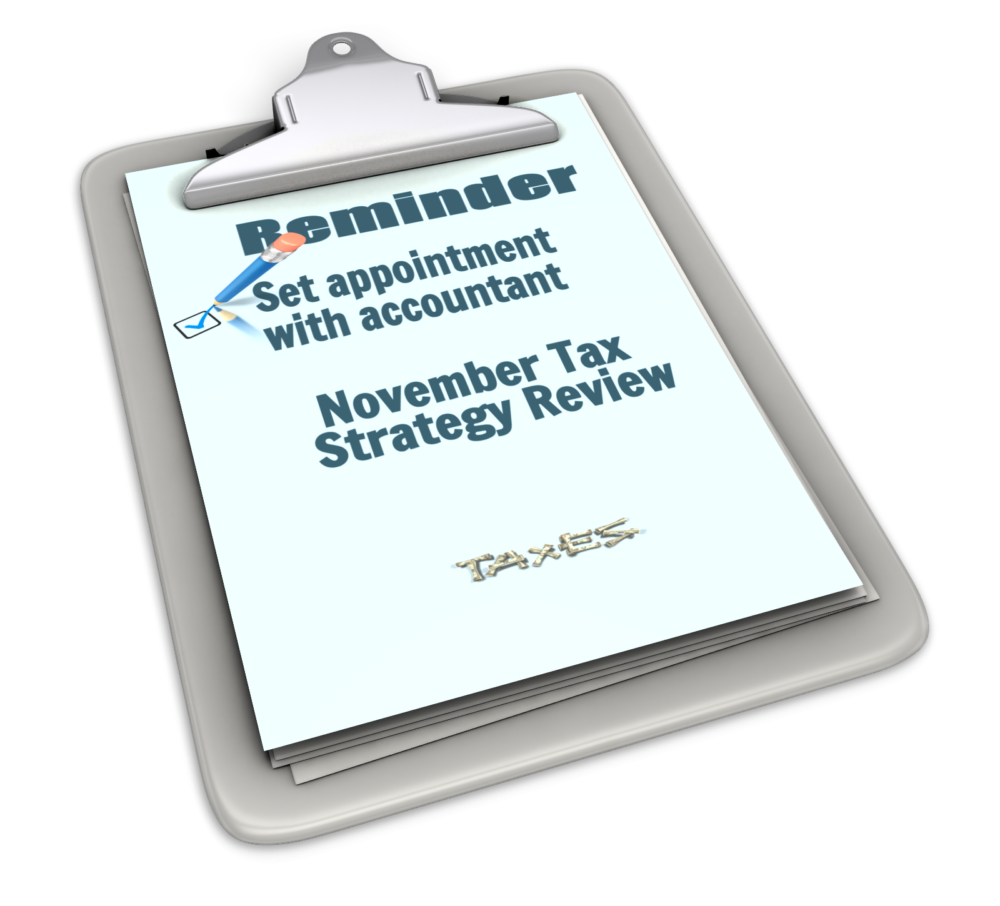Until the 1099 form comes in the mail in January, many taxpayers don’t even realize they have any capital gains. Those taxpayers may be in for a big surprise at tax filing time if they haven’t been tracking and managing your capital gains properly. Here are some things you should know and understand about capital gains and their taxability.
Typically, capital assets are something of value. For example: your home, a car, or other investments. When you sell a capital asset for more than your basis of that asset, capital gains are recognized. The basis is the original cost of an asset being sold. Therefore, the difference between the sale price of an asset and the basis, equals the amount of the taxable gain.
* Short-term capital gains for assets owned less than 1 year are taxed as ordinary income up to 37%.
* Long-term capital gains (assets sold more than a year after acquisition) are taxed at a maximum of 23.8% (20% plus a potential 3.8% net investment tax).
Here are some ways you can manage capital gains tax.
* Keep investments for more than 1 year. Why? Your long-term capital gains are taxed at a lower rate. You will save tax dollars by avoiding the gain that would be classified as ordinary income if you can hold on to your assets for more than 1 year.
* Consider selling large gains in a low income year. Because capital gains tax brackets follow the marginal income tax brackets, if you’re in a lower tax bracket you may pay lower capital gains taxes. You can benefit from this with both long-term and short-term gains.
* Sell investments that lost money in high income years. If you have a high income year, by selling the investments that have lost money, you can save on taxes. Your capital losses reduce your capital gains with the tax liability calculated on the net amount.
FYI: You need to be aware of the IRS netting rules. These rules require you to net long-term losses with long-term gains and short-term losses with short-term gains. When one results in a net loss and the other in a net gain, they are netted against each other. When the final total results in a net loss, the most that you can deduct against ordinary income in one year is $3,000. Any excess losses must then be carried forward to future tax years.
* Gift your investments to your children. You can gift up to $15,000 ($30,000 per married couple) to each of your children. When you gift appreciated investments to a child under the age of 19, who then sells the investments, each child may receive a favorable tax treatment up to $2,100 from their taxes.
FYI: Be careful that you don’t exceed the annual exemption levels. Large amounts of unearned income for a child, including capital gains, will be subjected to estate and trust tax rates.
* Donating property. You can deduct a donation of appreciated property, to a qualified charity, as an itemized deduction. You can deduct the current market value of a property that you have owned for more than 1 year, without being subject to capital gain taxes.
* Primary residence sale exclusion. When you sell your primary residence, you may qualify to exclude $250,000 ($500,000 if married filing jointly) of the gain from capital gains tax. However, to qualify, you must have owned and occupied your home as your primary residence for at least 2 of the previous 5 years. The 2 years are not required to be simultaneous.
Whether buying or selling an asset, there are many factors such as, tax implications to consider. If you have questions, contact our office at (888) 497-9761 to schedule an appointment with our advisors.
.png?width=190&height=122&name=Summit-Virtual-CFO_color_rgb%20(1).png)















Leave a comment